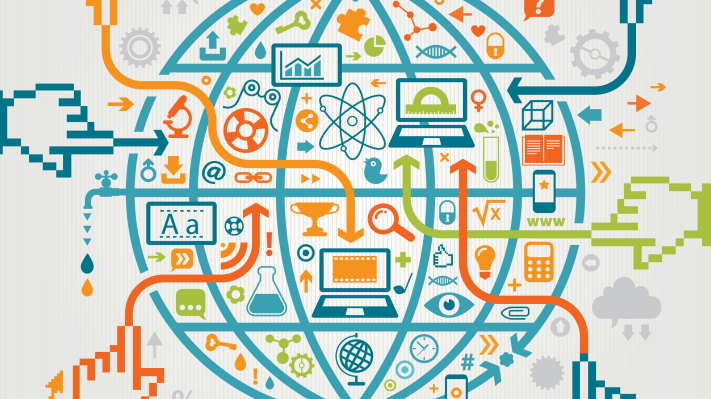If you were an employee on Henry Ford’s assembly line in Detroit in the 1920s, you received a high degree of training and preparation before you ever set foot in the factory. You learned what your role was, and were given all the tools you needed to accomplish your job from Day One. From then on, your role never changed—you did your part to move a product forward along the assembly line, from the day you began until the day you retired, 40 or 50 years later.
Since those days, the business world has transformed — everything that can be automated has been automated. The fourth industrial revolution is upon us, with the forces of AI, robotics, and 3D printing disrupting the status quo and pushing outdated processes into oblivion. The Ford factory workers’ jobs have largely been turned over to machines.
But the workforce training process hasn’t kept up with the pace of change.
The education that the workforce received was designed in the previous industrial age: front-loaded for first 20 years, and expected to apply to their jobs for the next 40 to 50 years. Today, we are in the knowledge economy, and there is new knowledge we are required to learn and apply daily. How can we future-proof our workforces to help them prepare for the rapid pace of business transformation?
The return on not investing in the knowledge economy
The pace of change is surpassing enterprises’ ability to keep up. They’re not adopting new technologies fast enough, and they aren’t investing in the resources that can help them grow. While they may have capable employees, their teams don’t have expertise in the fields that will drive their businesses forward.
They’re not investing in enterprise-wide knowledge — and while many business leaders push against investing in L&D programs because they’re not clear on the ROI, it’s imperative that they begin thinking about the negative return on not investing (RONI).
The grim result? Extinction. A study by Washington University predicts that 40% of Fortune 500 companies on the S&P 500 today will not exist ten years from now.
“If the rate of change on the outside exceeds the rate of change on the inside, the end is near.”
Jack Welch, former CEO, GE
The solution: An infrastructure of knowledge on tap
The future of the corporate workforce lies in building a knowledge network. This kind of learning reflects our already mobile, changeable world. It recognizes that people today learn as much from their peers online and in person as they do from books and seminars. It creates a culture of knowledge-sharing that develops these tech-savvy learners to their full potential.
Kevin Oakes, CEO of the Institute for Corporate Productivity (i4cp), has concluded based on extensive research of top performing companies that high-performance organizations rely much more (4x) on knowledge-sharing than do low-performing organizations.
The successful organizations in this network and knowledge age recognize the relationship between learning and performance: AT&T recently told its employees to update their skills in five to ten hours weekly of online learning or they “will obsolete themselves with the technology.”
